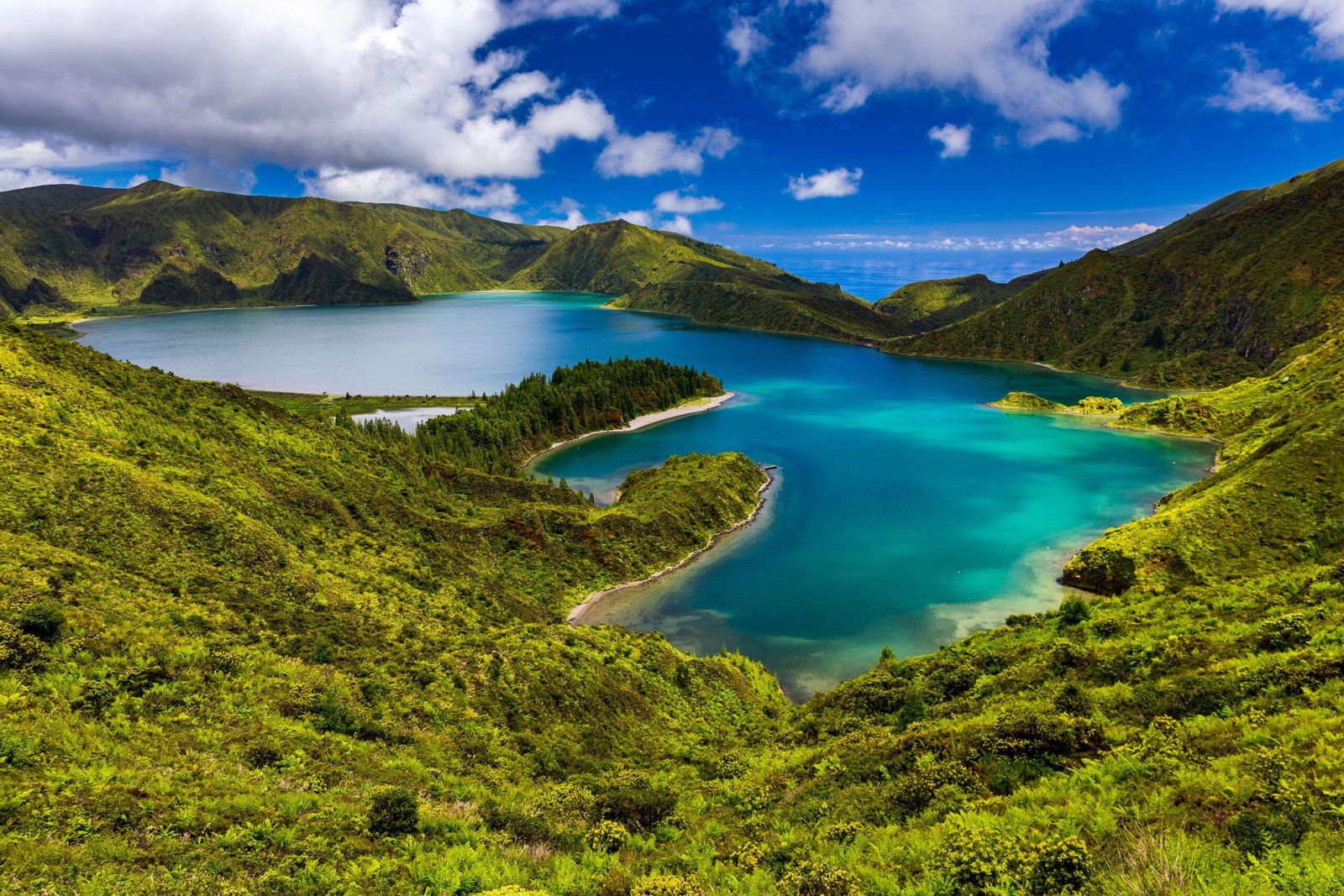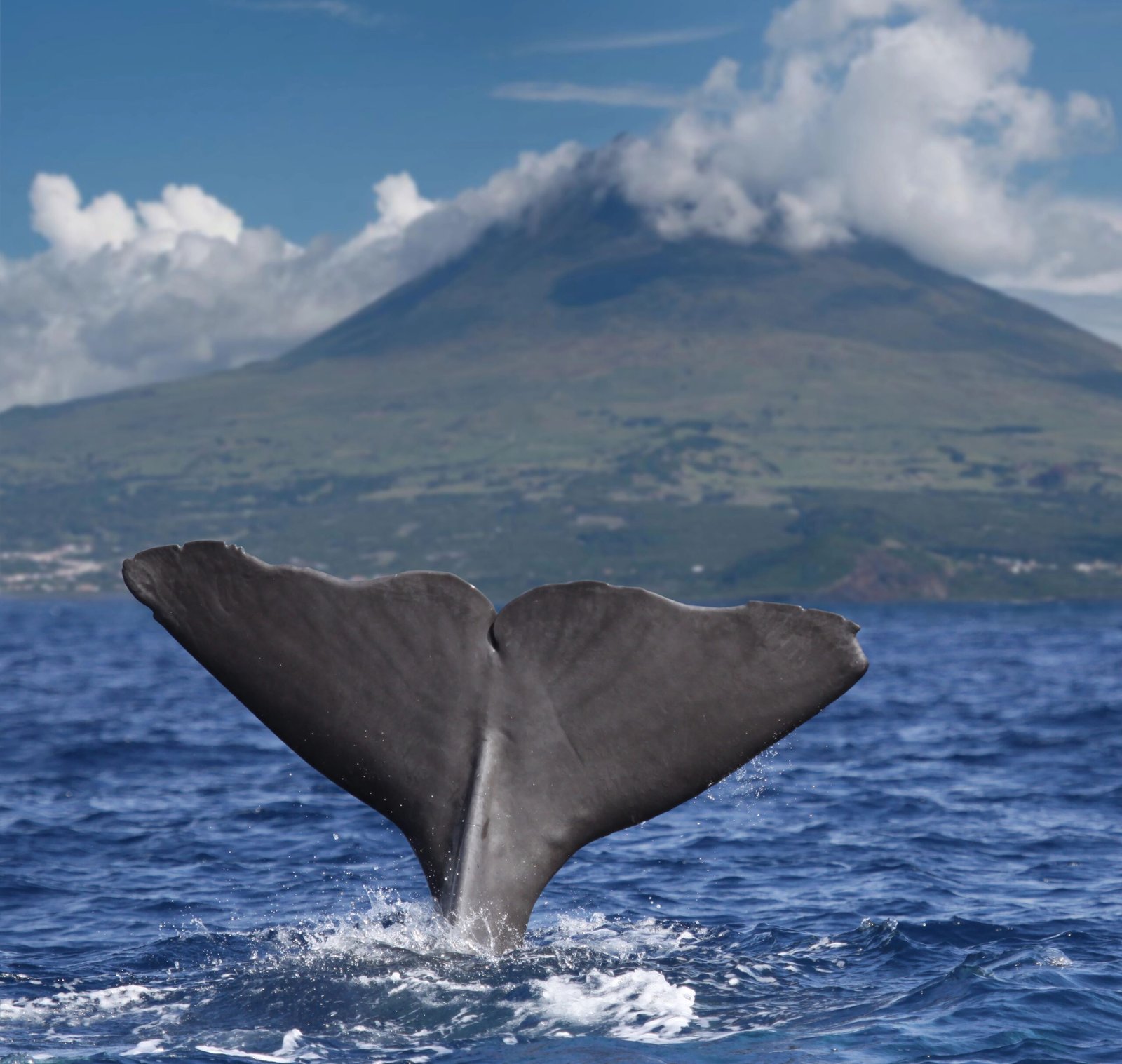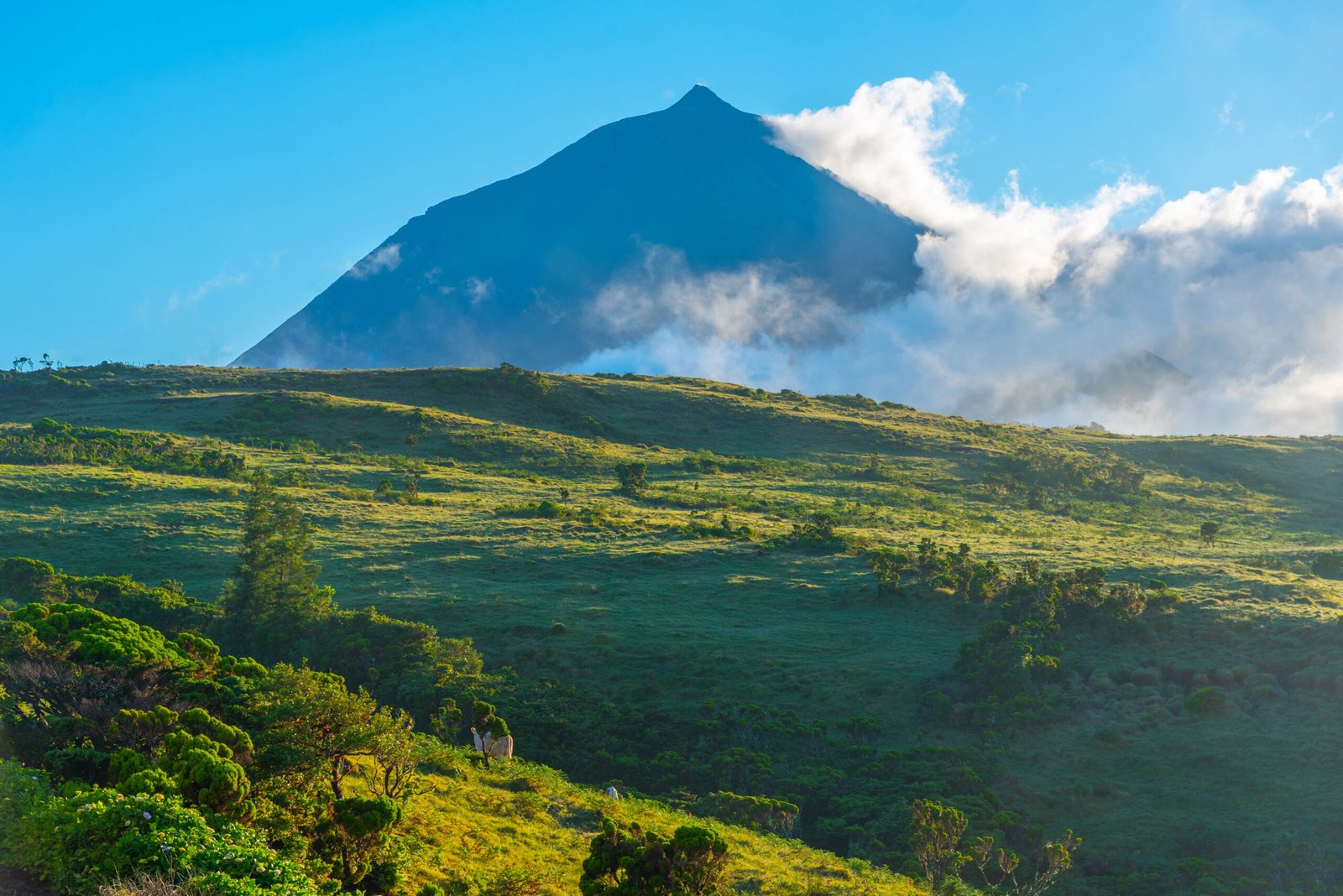The Galapagos of the Atlantic
The Azores, a captivating archipelago situated in the North Atlantic Ocean, is comprised of nine volcanic islands renowned for their breathtaking natural beauty and diverse landscapes. Each island boasts a unique character, from lush greenery to striking volcanic terrain, which collectively create a paradise for travelers seeking both adventure and tranquility. The archipelago is characterized by its rugged coastlines, serene lakes, and vibrant flora, contributing to its designation as a UNESCO Biosphere Reserve. This unique environment fosters an array of outdoor activities, making it a perfect destination for nature enthusiasts.
The islands' volcanic origins, a result of geological activity over millions of years, have led to remarkable formations and thermal springs. This geological dynamism not only shapes the landscape but also provides visitors with numerous opportunities to engage in various activities, such as hiking, whale watching, and exploring volcanic calderas. Moreover, the presence of volcanic craters, such as those found on São Miguel Island, adds a sense of mystery to the islands, inviting visitors to uncover their secrets.
In addition to their stunning scenic views, the Azores are steeped in a rich maritime heritage. The islands have historically served as a meeting point for explorers and seafarers, contributing to a culture that celebrates both traditional customs and vibrant festivities. Visitors can immerse themselves in the local culture through various events, local cuisine, and centuries-old traditions, which are integral to the Azorean identity. These cultural elements, when combined with the islands' breathtaking landscapes and diverse ecosystems, elevate the Azores to a must-visit destination for travelers seeking a unique experience amidst nature's splendor.
Places
Azores Highlights

Lagoa do Fogo
Lagoa do Fogo, often referred to as the Lake of Fire, is a remarkable natural wonder situated in the central part of São Miguel Island in the Azores. This stunning lake is renowned for its striking blue waters, which contrast beautifully with the surrounding verdant mountains, creating a breathtaking landscape that captivates all who visit. The area maintains a sense of unspoiled nature, making it a perfect destination for eco-conscious travelers seeking to immerse themselves in the island's pristine environment.
The journey to Lagoa do Fogo typically begins with a hike that offers various panoramic viewpoints along the way. The trails are well-marked and provide an accessible route for both seasoned hikers and casual walkers. The trek can take approximately 1 to 2 hours, depending on the chosen path and individual pace. Along the route, visitors can enjoy the lush flora and fauna, adding to the allure of the experience. Upon arriving at the lake's edge, one is greeted with a magnificent view that is both tranquil and invigorating.
Once at Lagoa do Fogo, visitors will find ample opportunities for relaxation and recreation. Swimming is permitted in the lake's refreshing waters, although caution is advised as the temperature can be quite cool. Basking on the shoreline or enjoying a picnic while taking in the surroundings enhances the visit. The unspoiled nature of the area encourages visitors to engage with the landscape, allowing for moments of reflection amidst stunning scenery. For those seeking adventure, kayaking and paddleboarding can also be explored, adding a dynamic element to this serene environment.

Whale Watching in the Azores
The Azores, an archipelago in the mid-Atlantic, is globally renowned for its exceptional whale watching opportunities, attracting countless marine enthusiasts each year. The waters surrounding these islands are frequented by numerous species of whales and dolphins, including the majestic blue whale, the agile orca, and various species of dolphins such as the common dolphin and the bottlenose dolphin. These marine mammals thrive in the nutrient-rich waters, making the Azores a prime location for observing their natural behaviors.
The best time for whale watching in the Azores largely depends on the specific species one hopes to see. From April to June, visitors can spot migratory species like the blue whale and sperm whale, which return to these waters as they make their way north for the summer. Meanwhile, the months from June to September are ideal for observing orcas and various dolphin species, which are commonly seen in larger pods during this period. Hence, travelers planning to engage in whale watching should consider aligning their visits with these prime seasons to maximize their chances of witnessing these magnificent creatures in their natural habitats. It is crucial to engage in responsible whale watching practices to ensure the conservation of marine life and its environment. Tour operators in the Azores are committed to responsible tourism by adhering to guidelines that minimize disturbance to the whales and dolphins. Observers are advised to maintain a respectful distance from these animals and limit any potential stress on the marine ecosystem. Additionally, many operators offer educational tours that deepen understanding of the biology and behavior of local species. By participating in these responsible efforts, travelers not only enjoy unforgettable experiences but also contribute to the protection of the Azores' rich marine life.

Pico Mountain
Pico Mountain, rising to an elevation of 2,351 meters, is renowned as the highest peak in Portugal and serves as a striking emblem of the Azores. This volcanic mountain is not only a geological marvel but also a sought-after destination for hiking enthusiasts and nature lovers. The ascent to the summit offers various trails that cater to hikers of different skill levels, ranging from casual walkers to seasoned climbers. One of the most popular routes is the Caminho dos Picos, which provides a relatively accessible path while delivering stunning views of the lush landscapes surrounding the mountain. As climbers journey toward the peak, they are greeted by a diverse range of flora and fauna. The biodiversity of the Pico region is impressive, with unique species that thrive in this volcanic environment. The trails are often lined with endemic plants, offering a glimpse into the ecological richness of the Azores. Wildlife enthusiasts may encounter various bird species, further enhancing the appeal of this remarkable destination. The summit of Pico Mountain is not merely a climactic achievement; it rewards adventurers with breathtaking panoramic views. These vantage points provide opportunities for photo enthusiasts to capture the dramatic landscapes below. The ascent, though challenging, becomes a cultural exploration as well, as local residents share stories and legends surrounding Pico Mountain, encompassing its significance in Azorean identity.
